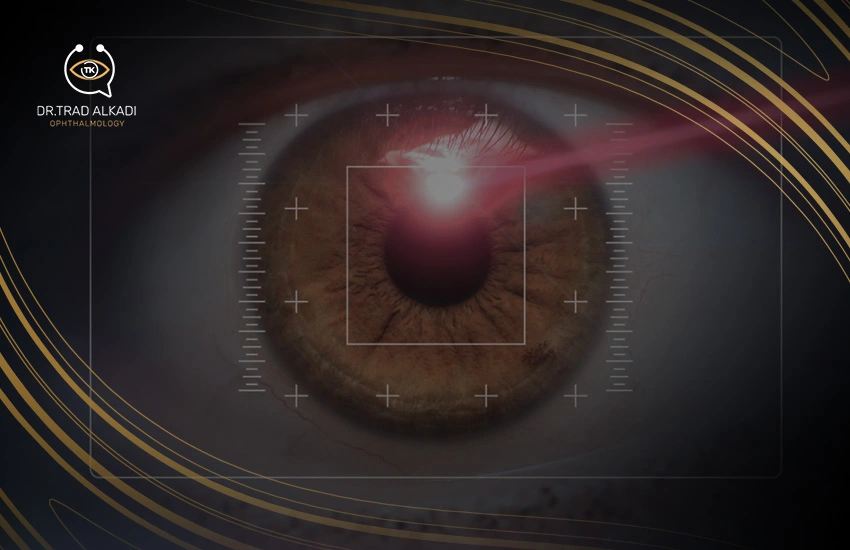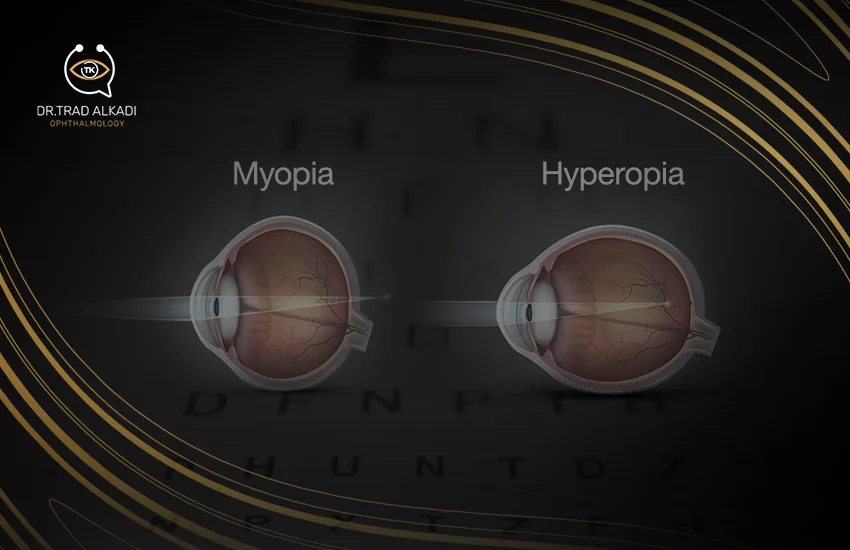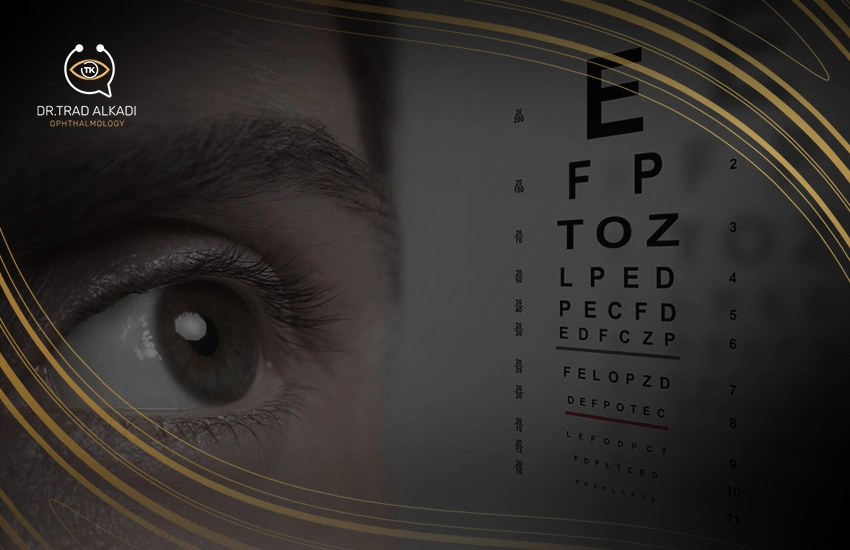Have you heard of LASEK surgery? While it may seem similar to the more common LASIK procedure, LASEK is actually a different method of vision correction. As LASIK continues to gain popularity, it’s important to understand alternative options like LASEK to avoid any misconceptions. Let’s break it down.
What Is LASEK Surgery?
LASEK (Laser-Assisted Sub-Epithelial Keratectomy) is a form of laser eye surgery that blends aspects of LASIK and PRK (Photorefractive Keratectomy). During the procedure:
- The surgeon gently loosens and lifts the thin epithelial layer of the cornea.
- A laser then reshapes the underlying corneal tissue to correct refractive errors.
- The epithelial layer is carefully repositioned, and a protective contact lens is applied to support healing.
Ideal Candidates for LASEK Eye Surgery
Ideal candidates for LASEK include:
- People with thin corneas.
- Those who participate in contact sports or activities with a higher risk of eye injury.
- Patients ineligible for LASIK due to corneal thickness limitations.
What Is LASIK Surgery?
LASIK is the most widely performed laser eye surgery.The procedure consists of:
- Creating a thin corneal flap with a microkeratome blade or femtosecond laser.
- Lifting the flap to access the underlying corneal tissue.
- Reshaping the cornea with a laser to correct vision errors.
- Repositioning the flap, which naturally reattaches without stitches.
Ideal Candidates for LASIK
- Individuals with sufficient corneal thickness.
- Those seeking a quick recovery.
- Patients with stable vision prescriptions.
Differences Between LASEK and LASIK Surgeries
Key differences between LASEK and LASIK surgeries include:
a. Procedure Technique
- LASEK: No corneal flap is created; only the epithelial layer is temporarily lifted.
- LASIK: A corneal flap is created and repositioned during surgery.
b. Recovery Time
- LASEK: Longer recovery period, often taking a few weeks.
- LASIK: Faster recovery, with most patients resuming normal activities within a few days.
c. Suitability for Different Eye Conditions
- LASEK: More suitable for patients with thin corneas or a tendency for dry eyes.
- LASIK: Best suited for individuals with thicker corneas.
d. Comfort During and After Surgery
- LASEK: Greater post-surgery discomfort due to the temporary removal of the epithelial layer.
- LASIK: Less post-operative discomfort and quicker initial healing.
e. Long-Term Vision Results
Both procedures provide excellent long-term vision correction when performed by experienced specialists.
you can read more about Which Sight Correction Surgery Is Suitable for You?
How to Choose the Right Surgery for You
Choosing the Right Surgery: Key Factors to Consider
- Consult with a specialist: Assess corneal thickness, eye health, and overall suitability for LASEK, LASIK, or alternative procedures.
- Evaluate age and stability: Ensure your prescription has remained stable, particularly for those under 18.
- Consider lifestyle and recovery preferences: LASEK may be better suited to those with active lifestyles or thin corneas, while LASIK offers a quicker recovery.
- Account for pre-existing conditions: Issues such as dry eyes may influence the choice of surgery.
- Consider long-term vision goals: Identify the procedure that best matches your desired visual outcomes.
In summary, both LASEK and LASIK provide excellent vision correction, each with distinct benefits and considerations. Consulting an experienced specialist is essential for making an informed decision that suits your individual needs and lifestyle.
If you are considering laser eye surgery, contact a specialist such as Dr Trak El-Qadi for tailored advice and to determine the best option for your vision.




